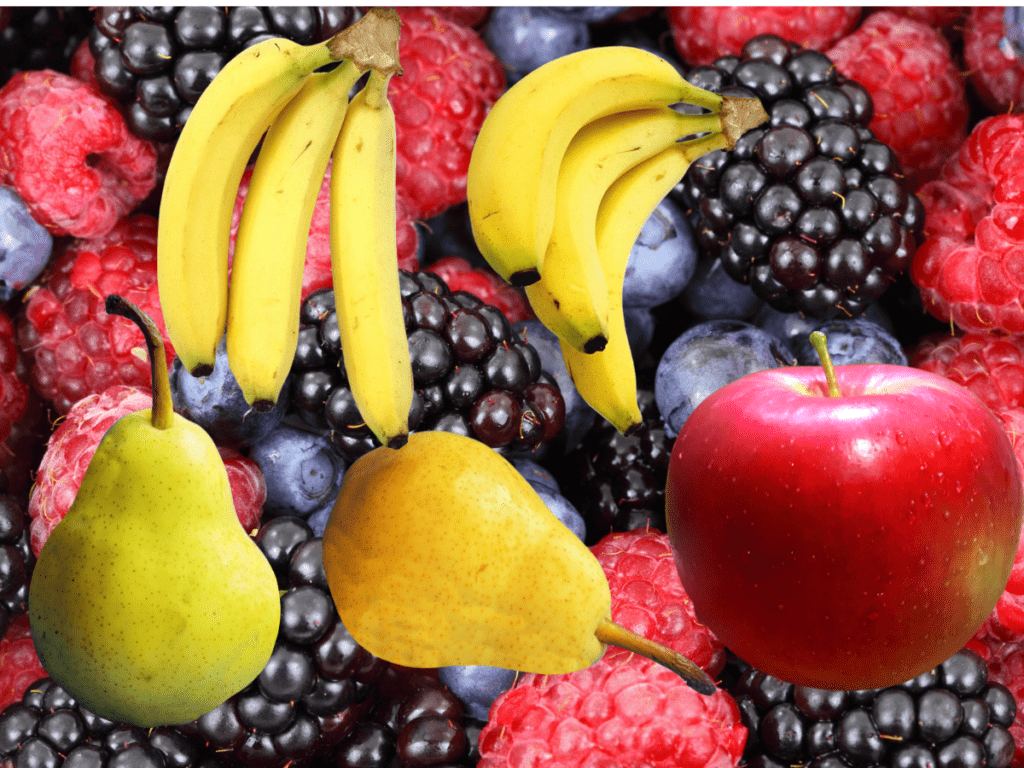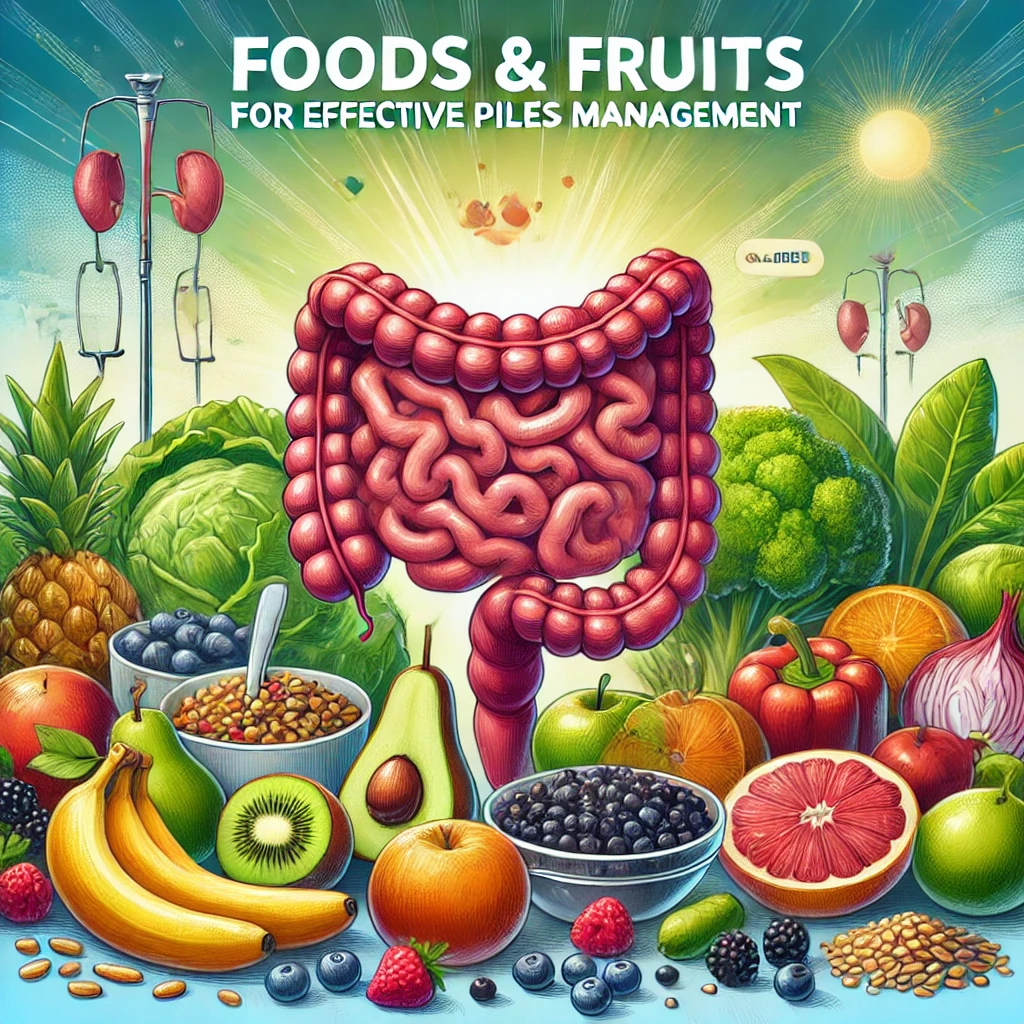Piles, also known as hemorrhoids, are swollen veins in the lower rectum and anus that can cause significant discomfort and bleeding. Managing piles effectively involves a combination of medical treatments and lifestyle modifications. This blog will explore how to prevent piles bleeding through dietary choices, specific foods and fruits to consume, their nutritional benefits, and essential lifestyle changes. Whether you’re seeking natural remedies or comprehensive piles treatment, these strategies can help you manage and reduce the risk of piles bleeding.
Understanding Piles and Their Causes
Before diving into prevention strategies, it’s crucial to understand what causes piles. Piles develop due to increased pressure in the lower rectum, which can result from various factors such as:
- Chronic Constipation or Diarrhea: Straining during bowel movements can lead to swollen veins.
- Pregnancy: The increased pressure on the pelvic veins during pregnancy can cause hemorrhoids.
- Obesity: Excess weight puts additional pressure on the veins in the lower body.
- Prolonged Sitting: Sitting for long periods, especially on the toilet, can exacerbate piles.
- Low-Fiber Diet: A diet lacking in fiber can lead to constipation, increasing the risk of piles.
Understanding these causes is the first step in preventing piles from bleeding through effective piles treatment and lifestyle adjustments.
Foods and Fruits to Consume for Preventing Piles Bleeding
A balanced diet rich in fiber, vitamins, and minerals plays a vital role in preventing piles from bleeding. Here are some essential foods and fruits to include in your diet:
- High-Fiber Foods
Whole Grains: Foods like brown rice, oats, whole wheat bread, and barley are excellent sources of fiber. Fiber adds bulk to the stool, making it easier to pass and reducing the strain during bowel movements.
Content Benefits: Fiber aids in digestion, prevents constipation, and maintains regular bowel movements, all of which are crucial in managing piles bleeding.
Legumes and Beans: Lentils, chickpeas, black beans, and other legumes are not only high in fiber but also provide protein and essential nutrients.
Content Benefits: These foods help in softening the stool and reducing the risk of hemorrhoidal bleeding by minimizing straining.
- Fresh Fruits
Apples: Rich in soluble fiber and vitamin C, apples help in maintaining digestive health and preventing constipation.
Content Benefits: The pectin in apples acts as a natural laxative, promoting smooth bowel movements and reducing the chances of piles bleeding.
Bananas: High in fiber and potassium, bananas aid in maintaining electrolyte balance and ensuring proper muscle function in the digestive tract.
Content Benefits: Bananas help in preventing constipation, thereby reducing the risk of developing or worsening piles bleeding.
Berries: Strawberries, blueberries, and raspberries are packed with antioxidants and fiber.
Content Benefits: The fiber in berries promotes regular bowel movements, while antioxidants help in reducing inflammation associated with piles.
Pears: Another fiber-rich fruit, pears also contain vitamins and antioxidants that support overall health.
Content Benefits: Pears help in softening the stool and preventing constipation, which is essential in managing piles bleeding.

- Vegetables
Leafy Greens: Spinach, kale, and other leafy greens are high in fiber and essential nutrients like iron and calcium.
Content Benefits: These vegetables aid in digestion and prevent constipation, thereby reducing the risk of piles bleeding.
Broccoli and Brussels Sprouts: These cruciferous vegetables are rich in fiber and vitamins.
Content Benefits: They help in maintaining a healthy digestive system and preventing the straining that can lead to piles bleeding.
- Nuts and Seeds
Almonds and Flaxseeds: High in fiber and healthy fats, these nuts and seeds promote digestive health.
Content Benefits: Flaxseeds, in particular, contain omega-3 fatty acids that have anti-inflammatory properties, helping to reduce swelling and bleeding in piles.
Chia Seeds: Another excellent source of fiber and omega-3 fatty acids.
Content Benefits: Chia seeds help in maintaining stool consistency and reducing the risk of constipation-related piles bleeding.
Nutritional Contents that Help Stop Bleeding from Piles
Understanding the nutritional components that aid in managing piles bleeding can enhance your dietary choices:
- Fiber
Fiber is essential for adding bulk to the stool, making it easier to pass and reducing the strain during bowel movements. Both soluble and insoluble fiber play a role in maintaining digestive health.
- Vitamin C
Vitamin C strengthens blood vessels, which can prevent the veins in the rectal area from becoming swollen and bleeding.
- Vitamin E
Known for its anti-inflammatory properties, vitamin E can help reduce swelling and promote healing in affected areas.
- Omega-3 Fatty Acids
Omega-3s have anti-inflammatory effects that can reduce the inflammation and swelling associated with piles, thereby minimizing bleeding.
- Potassium
Potassium helps in maintaining electrolyte balance and proper muscle function in the digestive tract, preventing constipation.
Lifestyle Changes to Prevent the Progression of Piles
In addition to dietary modifications, certain lifestyle changes are essential in preventing piles from worsening and bleeding:
- Stay Hydrated
Drinking plenty of water throughout the day helps in keeping the stool soft and preventing constipation. Aim for at least 8 glasses of water daily.
Tip: Carry a reusable water bottle with you to ensure you stay hydrated throughout the day.
- Regular Exercise
Engaging in regular physical activity improves blood circulation and reduces the pressure on the veins, especially in the lower body. Aim for at least 30 minutes of moderate exercise most days of the week.
Tip: Incorporate activities like walking, swimming, or yoga into your daily routine to enhance circulation and reduce piles risk.
- Avoid Prolonged Sitting or Standing
Sitting or standing for extended periods can increase pressure on the rectal veins. Take regular breaks to move around if your job requires long hours of sitting or standing.
Tip: Use a standing desk or take short walks every hour to reduce pressure on your veins.
- Proper Bowel Habits
Avoid straining during bowel movements, as this can exacerbate piles bleeding. Respond to the natural urge to defecate promptly and avoid delaying.
Tip: Don’t rush the bathroom; take your time to allow the stool to pass naturally without straining.
- Maintain a Healthy Weight
Excess weight puts additional pressure on the pelvic veins, increasing the risk of developing or worsening piles. Aim for a balanced diet and regular exercise to maintain a healthy weight.
Tip: Incorporate strength training and cardio exercises into your routine to manage weight effectively.
- Use the Bathroom Properly
Avoid sitting on the toilet for long periods, as this can increase pressure on the rectal veins. Additionally, refrain from reading or using electronic devices while on the toilet to reduce time spent sitting.
Tip: Limit bathroom time to the necessary duration and avoid using your phone or reading materials while there.
- Wear Loose-Fitting Clothing
Tight clothing can restrict blood flow and increase the risk of piles. Opt for loose-fitting, breathable fabrics to enhance circulation.
Tip: Choose cotton underwear and avoid tight belts or waistbands that can constrict your lower body.
- Manage Stress
Chronic stress can impact your digestive health and contribute to constipation. Practice stress-reducing techniques such as meditation, deep breathing, or hobbies you enjoy.
Tip: Allocate time each day for relaxation activities like yoga, meditation, or reading to manage stress effectively.
Additional Tips for Effective Piles Treatment and Prevention
- Warm Sitz Baths: Soaking the affected area in warm water for 15-20 minutes several times a day can reduce swelling and alleviate pain.
Tip: Add Epsom salts to your sitz bath for added relief and relaxation.
- Topical Treatments: Over-the-counter creams and ointments can provide temporary relief from pain and itching associated with piles.
Tip: Consult with a healthcare provider before starting any new topical treatments to ensure they are appropriate for your condition.
- Avoid Heavy Lifting: Straining from heavy lifting can increase pressure on the rectal veins. Use proper lifting techniques and seek assistance when needed.
Tip: Engage your core muscles and lift with your legs rather than your back to minimize strain.
Frequently asked questions:
1. What are the main causes of piles bleeding?
Piles bleeding typically occur due to straining during bowel movements, constipation, prolonged sitting, obesity, and increased pressure on the rectal veins from activities like heavy lifting or pregnancy.
3. Which fruits are best for preventing piles bleeding and why?
4. How does staying hydrated prevent piles from bleeding?
Staying hydrated ensures that the stool remains soft, making it easier to pass. This prevents constipation and reduces the strain on the rectal veins, thereby lowering the risk of piles bleeding.
Conclusion
Preventing piles from bleeding involves a comprehensive approach that includes dietary modifications, specific food and fruit choices, and essential lifestyle changes. Incorporating high-fiber foods, staying hydrated, exercising regularly, and maintaining healthy bowel habits are crucial steps in effective piles treatment. Additionally, adopting stress management techniques and avoiding prolonged sitting or standing can significantly reduce the risk of piles bleeding.
By understanding the nutritional and lifestyle factors that influence piles, you can take proactive measures to manage and prevent this uncomfortable condition. Remember, early intervention and consistent care are key to maintaining optimal health and preventing the progression of piles. If you experience persistent symptoms, don’t hesitate to seek medical advice to explore further treatment options.
Disclaimer: This blog is for informational purposes only and is not a substitute for professional medical advice. Always consult with a healthcare provider for personalized medical guidance.

